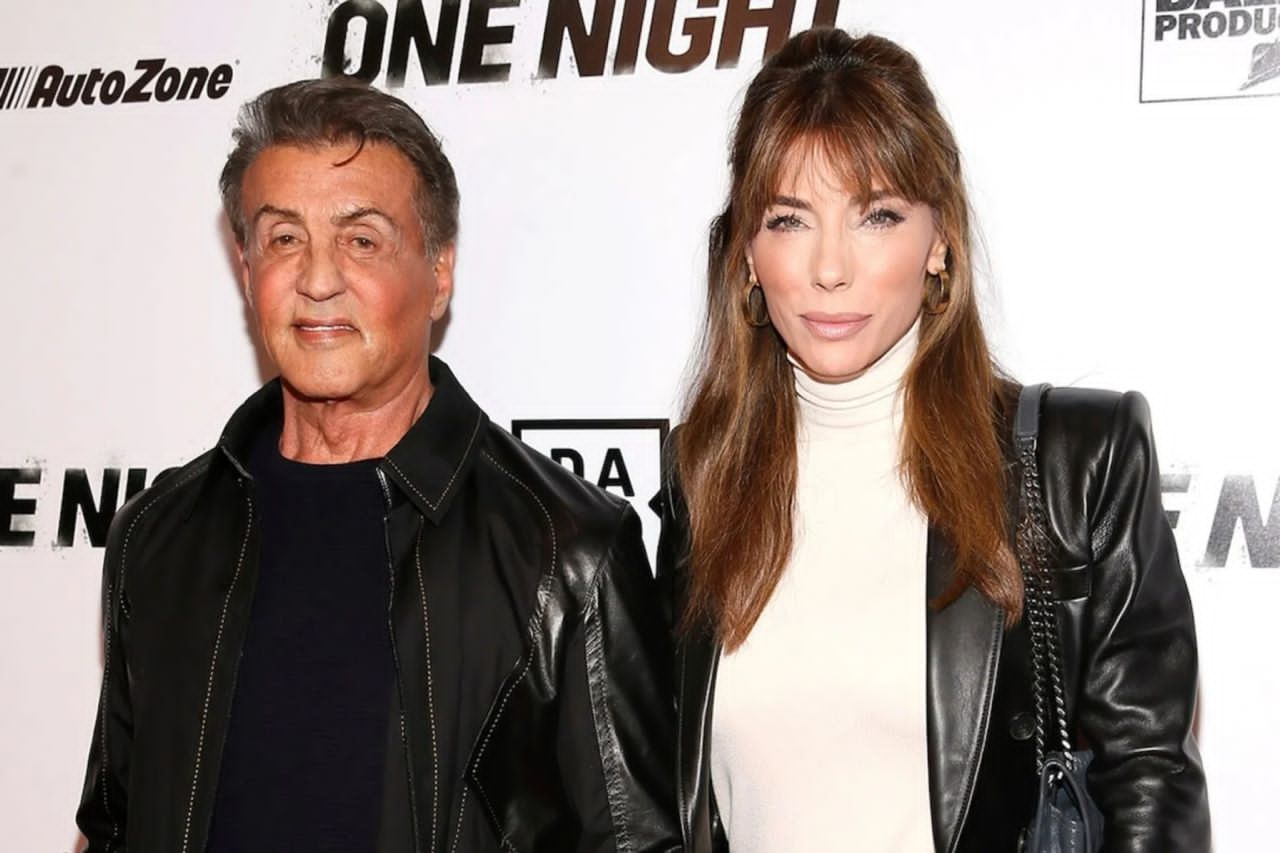Depth, Not Just Diversity: Rethinking Asian And Asian American Representation In Media

Table of Contents
The Problem with Tokenism and Stereotypes
The entertainment industry often falls into the trap of tokenism, showcasing a few Asian or Asian American characters while perpetuating harmful stereotypes. This includes the insidious "model minority" myth, which ignores the struggles faced by many within our communities and creates unrealistic expectations. This shallow representation does a disservice to the diverse experiences within the Asian and Asian American population.
- Harmful Stereotypes: Media often portrays Asian women as submissive and hypersexualized, while Asian men are frequently depicted as nerdy, asexual, or perpetually foreign. These tropes are deeply damaging, reducing complex individuals to one-dimensional caricatures.
- Impact on Perceptions and Self-Image: These stereotypical portrayals negatively impact both viewers' perceptions and the self-image of Asian and Asian American individuals. Young people, particularly, internalize these representations, leading to feelings of inadequacy or invisibility.
- The Bamboo Ceiling: Beyond stereotypical roles, Asian actors frequently face the "bamboo ceiling," a barrier that limits their opportunities for leading roles and significant screen time. This lack of representation in prominent roles further reinforces the marginalization of Asian and Asian American voices in mainstream media.
Beyond the Stereotype: Exploring the Nuances of Asian and Asian American Identity
The Asian and Asian American community is incredibly diverse, encompassing a vast array of ethnicities, nationalities, and cultural backgrounds. To achieve genuine representation, we must showcase this multifaceted reality.
- Diversity of Experiences: Authentic representation necessitates portraying the spectrum of experiences within our communities. This includes showcasing varied socio-economic statuses, political beliefs, religious affiliations, and family structures.
- The Full Spectrum of Humanity: Asian and Asian American characters should be allowed to experience the full range of human emotions—joy, sorrow, anger, love—without being confined to stereotypes. They should be complex, flawed, and relatable individuals, not simply props to serve a narrative.
- Beyond the Single Narrative: It's crucial to avoid the homogenization of Asian and Asian American experiences. A single narrative cannot capture the diversity of our community; we need diverse stories told by diverse voices.
The Role of Authentic Storytelling and Representation
Authentic storytelling is paramount to achieving accurate and nuanced portrayals of Asian and Asian American experiences. This requires the active involvement of Asian and Asian American writers, directors, and producers at all levels of production.
- Behind-the-Scenes Representation: Having Asian and Asian American voices shaping the narratives from the beginning is crucial. Their perspectives ensure accuracy and avoid perpetuating harmful stereotypes.
- Successful Examples: While progress is slow, there are examples of successful projects that prioritize authentic storytelling and complex character development. These provide a roadmap for future endeavors in Asian and Asian American representation.
- Increased Opportunities: We need to actively advocate for increased opportunities for Asian and Asian American creatives, providing them with the platforms and resources necessary to tell their stories.
Beyond Representation: Amplifying Asian and Asian American Voices
Authentic storytelling empowers marginalized communities and actively counters negative stereotypes. When Asian and Asian American communities have agency in shaping their own narratives, the impact on societal perceptions is profound.
- Impact on Societal Perceptions: Positive and accurate media representation can reshape public attitudes and foster greater understanding and empathy.
- Giving Voice to the Community: It's essential to give Asian and Asian American communities the ability to tell their own stories, in their own voices, on their own terms.
- Successful Projects: Highlighting projects that have successfully given a voice to the community encourages further progress in authentic storytelling and representation.
Conclusion
In conclusion, achieving meaningful progress in Asian and Asian American representation in media requires a concerted effort to move beyond simple diversity in casting. We need depth, complexity, and authenticity in character development and storytelling. This necessitates increased opportunities for Asian and Asian American creatives to shape narratives, ensuring that our stories are told accurately and powerfully. Let’s demand better Asian and Asian American representation; support authentic storytelling, and work together to improve Asian and Asian American representation in media. The future of Asian and Asian American representation hinges on our collective commitment to amplifying our voices and demanding a more accurate and nuanced reflection of our communities in the media landscape.

Featured Posts
-
 Crazy Rich Asians Tv Adaptation In The Works At Max Led By Adele Lim
May 11, 2025
Crazy Rich Asians Tv Adaptation In The Works At Max Led By Adele Lim
May 11, 2025 -
 One And Done Sylvester Stallones Single Non Acting Directing Venture
May 11, 2025
One And Done Sylvester Stallones Single Non Acting Directing Venture
May 11, 2025 -
 Diamond League 2024 Duplantis And The Evolving World Of Track And Field
May 11, 2025
Diamond League 2024 Duplantis And The Evolving World Of Track And Field
May 11, 2025 -
 Uruguay Apuesta Por China Un Regalo Inusual Para Fortalecer Exportaciones Ganaderas
May 11, 2025
Uruguay Apuesta Por China Un Regalo Inusual Para Fortalecer Exportaciones Ganaderas
May 11, 2025 -
 Rare Easter Video Boris And Carrie Johnson Showcase Their Son
May 11, 2025
Rare Easter Video Boris And Carrie Johnson Showcase Their Son
May 11, 2025
